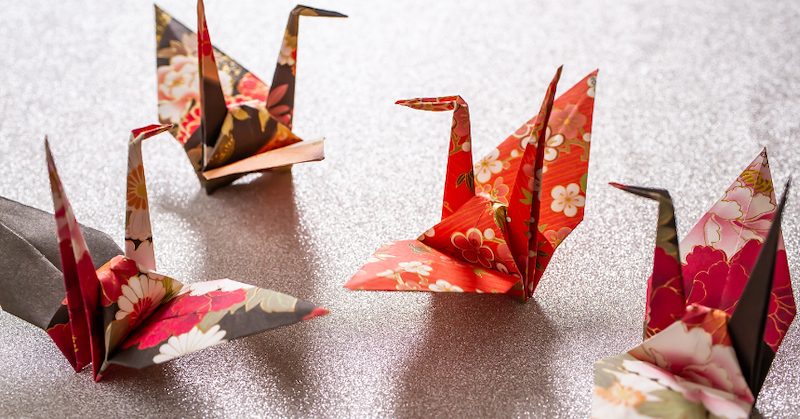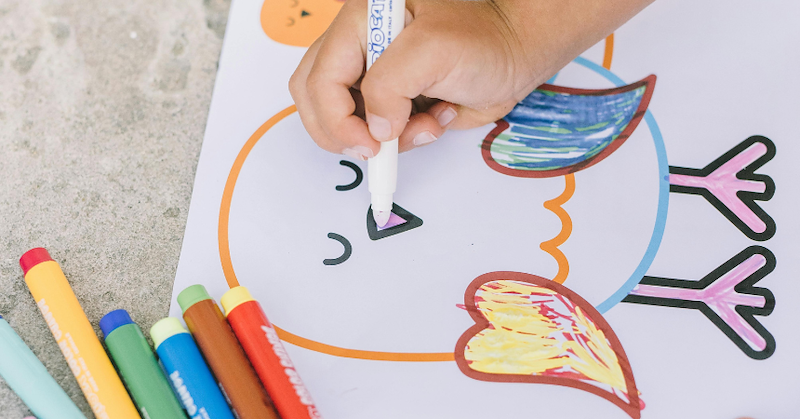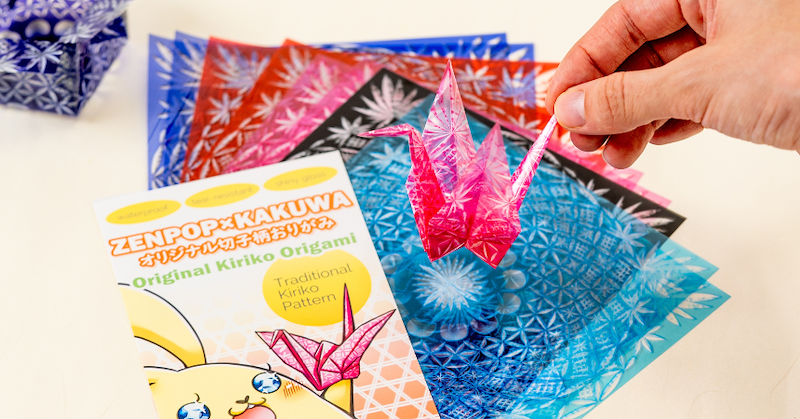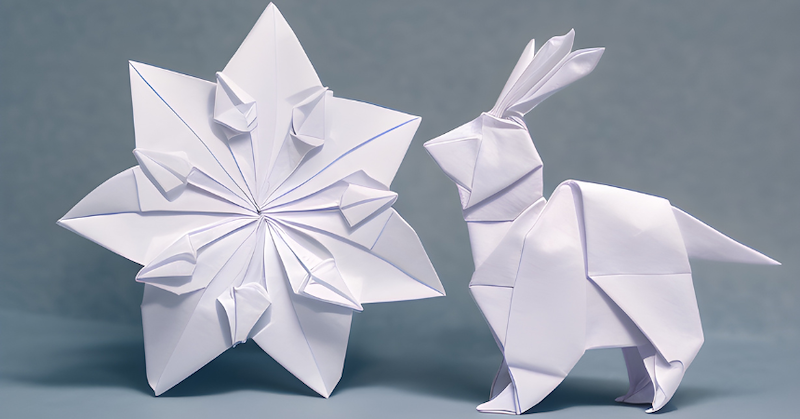
What Is Japanese Origami? History, Basic Folds & Paper Crane Guide
You may have heard of Origami, or the Japanese art of paper folding. It’s amazing how a simple square piece of paper can turn into a frog or a crane, and sometimes can even move!
Practised all the way since the Edo period, Japanese origami is a paper-folding technique that creates a paper sculpture without the use of any cuts or glue. They have different uses, from simple gifts to symbolic significance during events like Shinto weddings. Today, we’re going to talk to you all about Origami, its history, its uses, and how you too can get involved!
History of Origami
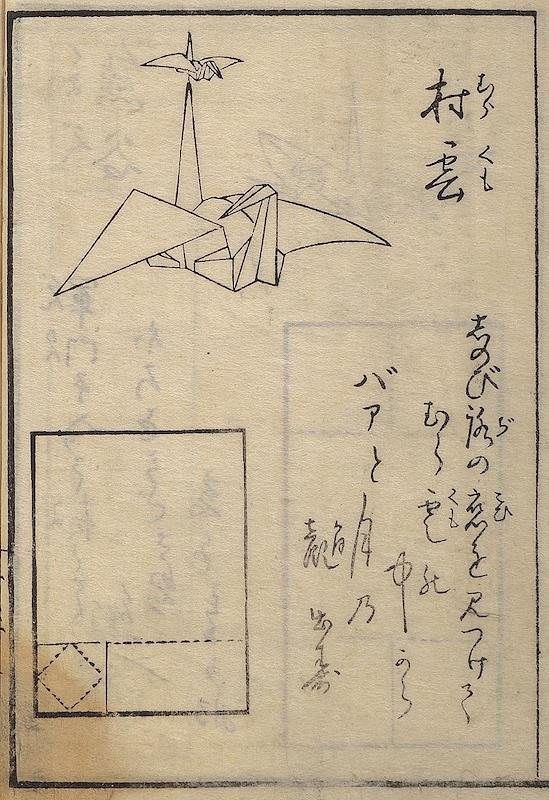
The word Origami comes from the two Japanese words “Oru,” meaning “To fold,” and “Kami,” meaning “paper.” The art of folding paper into shapes popped up all over the world, from China, Japan, and early Europe. However, these were initially separate traditions, which evolved into their unique styles.
The earliest Japanese reference to a paper folded model is a poem from 1680, by an ukiyo-zoshi poet by the name of Ihara Saikaku. While it has no picture or instruction, it makes reference to a folded butterfly papercraft that was used in Shinto ceremonies. The first known reference book about origami folding is the Hiden Senbazuru Orikata, roughly translated as “the secret to folding a thousand cranes.”
When German educator Friedrich Frobel’s paper folding system was introduced in Japan (largely from the kindergarten movement, the word “origami” became more widely used to describe the Japanese paper folding.
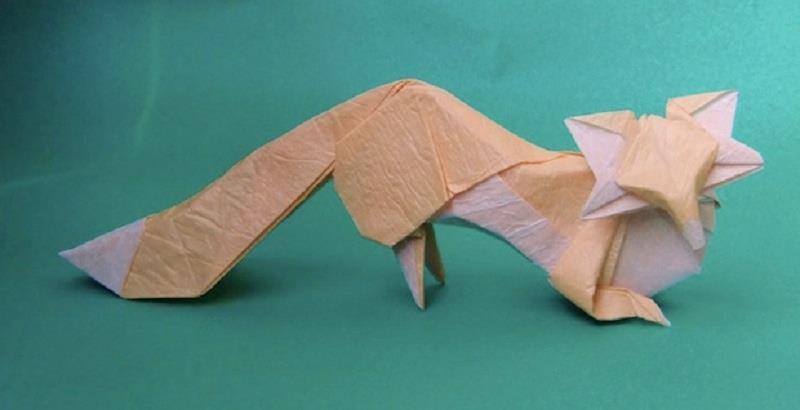
Later on, Japanese origami master Akira Yoshizawa, who wrote several books and created different origami designs, brought in a new generation of folders as the art of Japanese paper folding started to grow in popularity across the globe in the 1950s and 1960s. Yoshizawa also created part of the initial notation for the “Yoshizawa-Randlett” standard origami notation system, which is widely used to teach others how to fold particular paper sculptures.
Modern origami designs are much more complex, and people are constantly making new models and different ways to use origami. Sometimes people use different materials, and others still attempt new techniques such as crinkling, or Yoshizawa’s “wet-folding” technique which dampens the paper to make it more pliable. Modular origami also exists, where multiple pieces are folded and then assembled together. However, many origami purists still believe that a true origami piece only needs the square sheet of paper, without any cutting or glueing.
What are the Types of Origami Folds?
While more complex origami may necessitate some studying and mathematics, you can make dozens and dozens of origami designs while just knowing the most basic origami folds. There are 3 main origami folds that are used in countless designs, all of which are very simple to learn and easy to perfect.
The Valley Fold & The Mountain Fold
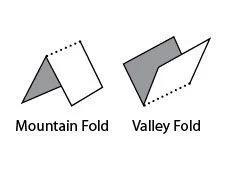
The valley fold is usually indicated with dashed lines on origami diagrams. When you make a valley fold, the paper sinks downwards, giving the impression of a river valley with two raised peaks. All you need to do to achieve a valley fold is to fold the paper towards you, and then create a crease along the dotted line.
The reverse of the valley fold is a mountain fold. On origami diagrams, this is often notated by a dashed and dotted line. Instead of folding the paper towards you, you would fold the paper away from you before creating the crease. The mountain fold leaves you with folds that rise from the paper instead of sinking into it.
The Squash Fold
The very last fold you will need is the squash fold. Unlike the other two folds, the squash fold is a compound fold, which uses a combination of creases. The simplest way to achieve this is through precreasing, where you crease along the paper and unfold it in order to “teach” the paper where it should fold when pushed down.
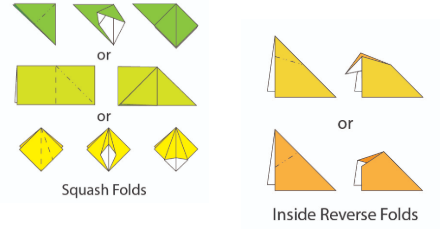
To create a squash fold, you create two pre-creases first, then push the paper into a squashed triangle which flattens the paper out into a triangle shape. From that initial fold, you will usually see a central point where the paper was squashed down, opening up into a flap.
Orizuru (paper crane): The Legend of the Cranes
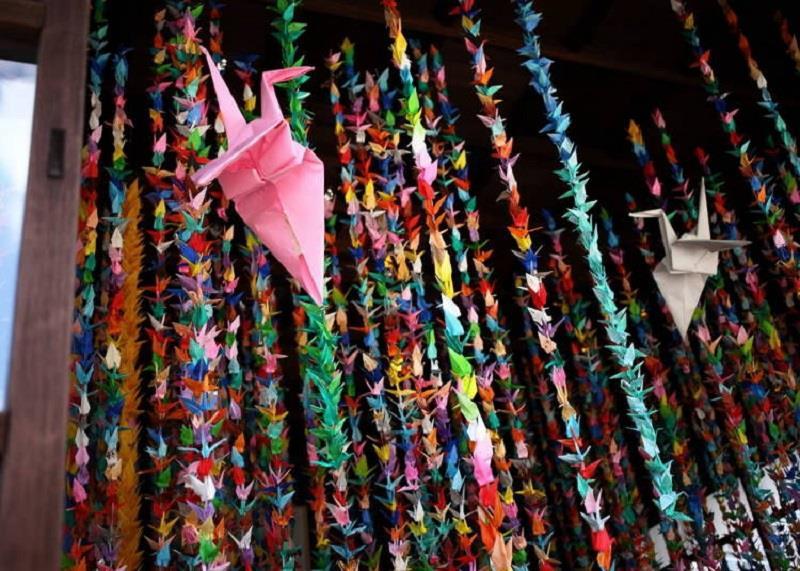
The word for the most popular foldable origami sculpture, the paper crane, is orizuru. The ori comes from the word “oru,” and the “tsuru” is the word for “crane.” The crane represents the Japanese red-crowned crane, which is a prominent figure in Japanese culture. It is said to represent good luck, as well as longevity. It is said that the crane is supposed to live for a thousand years. Cranes are also said to return favours if one has to make an act of sacrifice, called the “tsuru no ongaeshi.” In the afterlife, the Japanese crane is also believed to carry souls up to heaven.
When you string together a thousand paper cranes, it is called senbazuru. (translation: thousand cranes) It is also said that if you complete folding a thousand paper cranes, you are granted a single wish. The story of the thousand paper cranes became popularised because of the story of Sadako Sasaki. Sadako was a girl who was affected by severe radiation at Hiroshima, and eventually developed a form of leukemia in her early childhood.
Sadako Sasaki believed that she would be granted a wish if she succeeded in folding a thousand paper cranes. According to the story, she was unable to finish the project, but her friends and classmates folded the remaining cranes for her in her memory. Since the story of Sadako Sasaki, the symbol of a thousand paper cranes became synonymous with a wish for peace.
How to Fold a Paper Crane?
Folding a paper crane is one of the simplest and easiest ways to get started with origami. Not only are there dozens of different resources available from books to online tutorials, but the instructions are fairly simple and use the 3 basic origami folds.
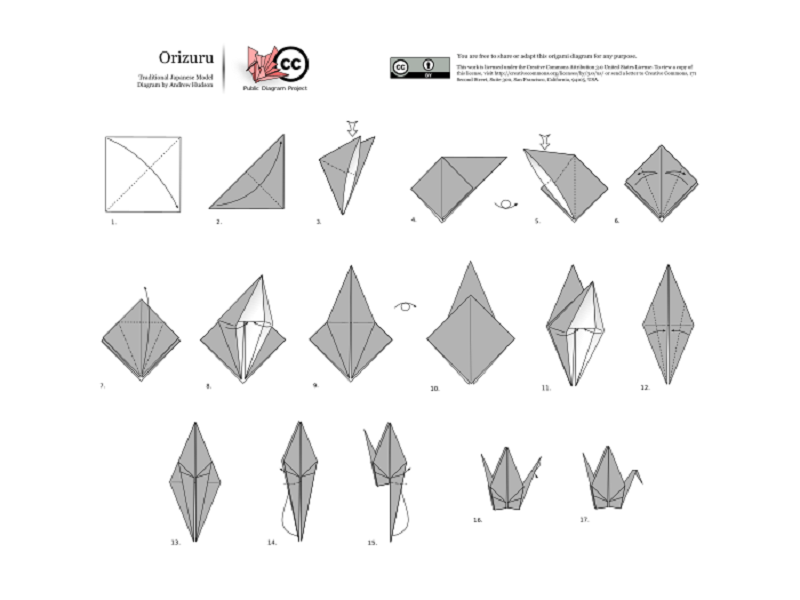
Here is how to fold a paper crane using the Yoshizawa-Randlett origami notation, but for those who are more hands-on learners, you may want to follow along with this video guide instead:
Try practising by folding a couple of paper cranes! Rather than just decoration, they also make great accompaniments for gifts or greeting cards.
Origami is great because it’s a very simple hobby to pick up, and you don’t need anything fancy to get started– just a simple square sheet of paper. You can jazz up your designs by adding washi tape to your paper and watching where it shows up after the folds are finished, or by getting specially patterned washi paper.
Ready to start folding? Discover beautifully designed Japanese paper at ZenPop and begin your origami journey today.
